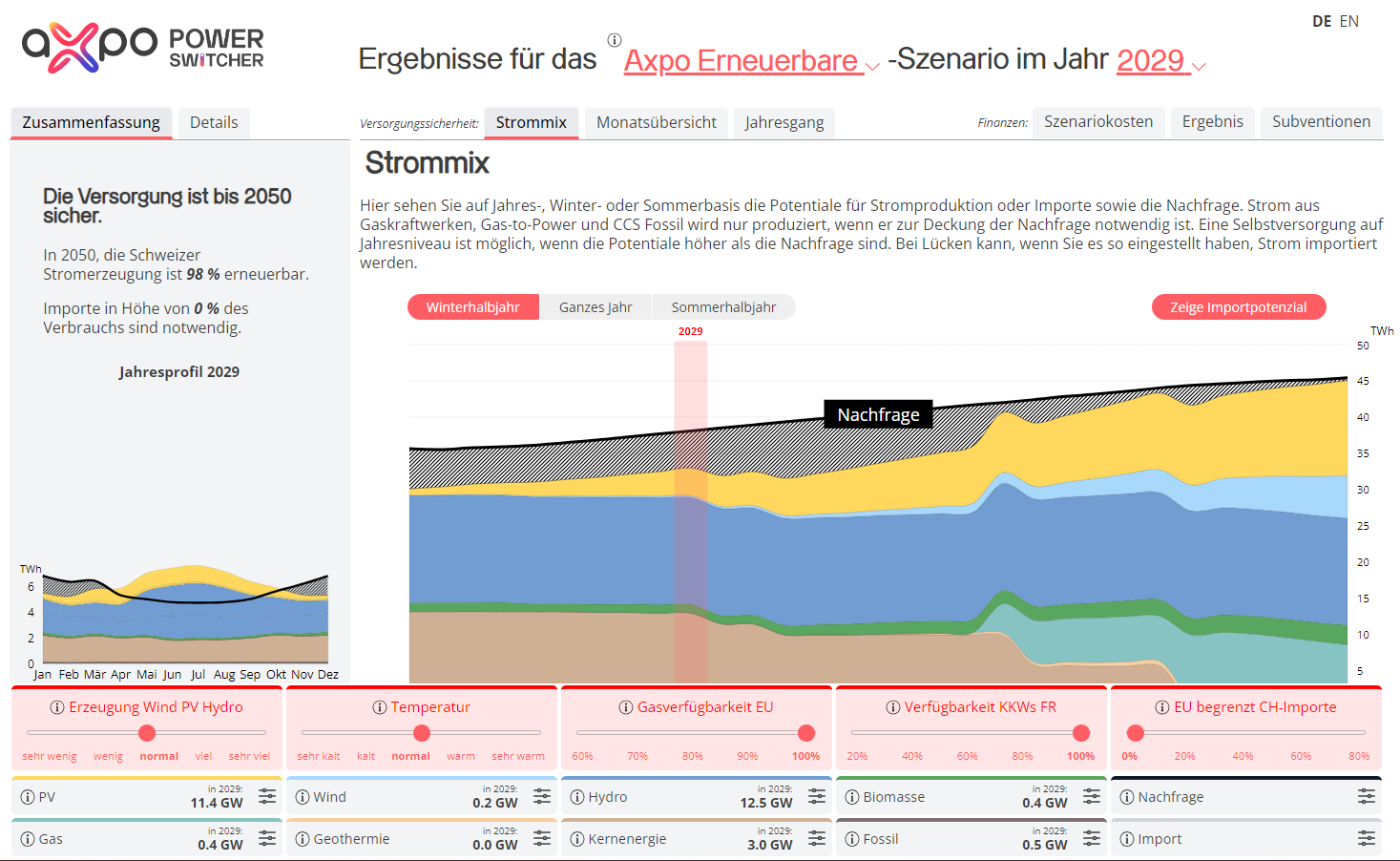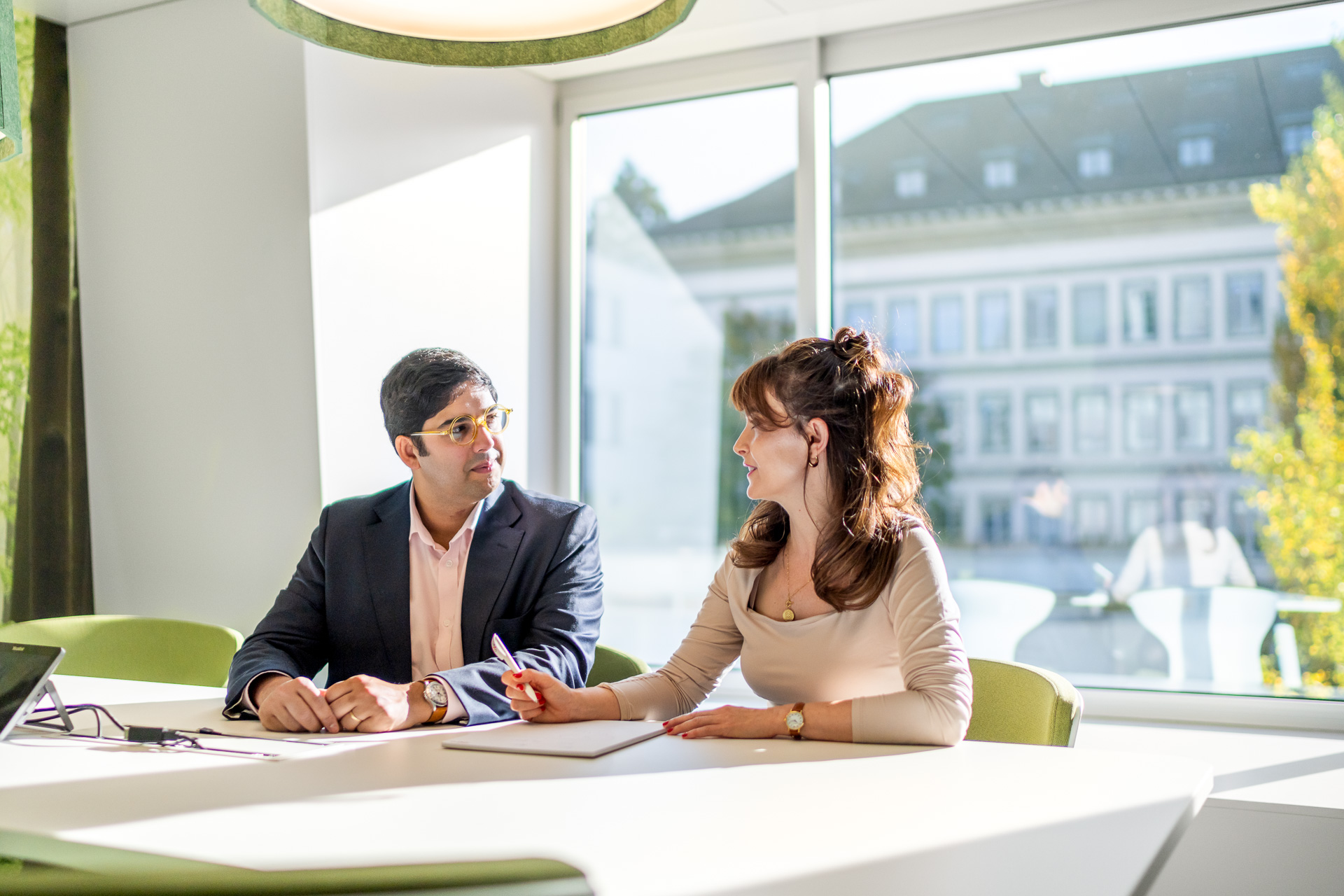Internship Nuclear Engineering Interview with Paul-Armand Evraert
Paul-Armand Evraert has worked in depth at Axpo on the integration of radiation protection into the digital twin. It shows how theoretical knowledge and practical experience go hand in hand.
Can you tell us something about your professional career?
Originally from France, I decided to study in Switzerland after graduating from high school. After completing my bachelor's degree in mechanical engineering at ETH Zurich, I specialized in nuclear engineering in my master's degree. This field offers a wide range of career opportunities. Therefore, I decided to take a gap year to gain industry experience, which would help me with my further specialization in the second year of my studies.
What inspired you to do an internship in the field of Digital Transformation in Nuclear (KGD)?
Digitization requires an in-depth understanding of the relevant field. It promotes dialogue with many actors in the nuclear environment. On the one hand, I had the opportunity to establish direct contact with the plants and develop a concrete understanding of the processes, and on the other hand, KGD implements innovative solutions for a variety of applications. I found the opportunity to deal with both sides and their challenges extremely exciting and of great advantage for my future career as a nuclear engineer.
What activities did you carry out during your internship?
The main task of this internship was to identify possible use cases for the digital twin in the field of radiation protection. To this end, we worked closely with the radiation protection departments of the Beznau and Leibstadt nuclear power plants. In order to develop a better understanding of the processes, philosophies and challenges, I was assigned to each power plant for a period of four weeks. Based on my observations and in cooperation with KGD and the IT teams, a proof of concept was created. This focused on the presentation of radiation protection data in the digital twin as well as the entire data architecture for the integration of the various databases and proposed solutions for digital data acquisition.
Through the exchange with the radiation protection departments, use cases with regard to dismantling were also identified. In this area, we started projects for plant characterization and structural clearance measurement in cooperation with various manufacturers and other nuclear power plants.
In addition, we worked together with other departments to integrate various measurement data from drones, robotic dogs and other sensors into the digital twin. The aim was to automate the georeferencing process, which is considered a key step in integrating this data into a common database.
How did the team welcome you?
The KGD team creates a supportive and nurturing working atmosphere. During my internship, I always felt well looked after and appreciated. At the same time, there is a climate of trust in which one's own proposals and initiatives are promoted. Even as an intern, I was encouraged to contribute input and ideas.
What moments or experiences in the last six months have given you the most joy?
It is difficult to highlight a specific moment. I think what I enjoyed the most was the general process and structure of the internship. I had the opportunity to work on a lot of different topics in a wide variety of environments. I worked in a plant with a pressurized water reactor as well as with a boiling water reactor and dealt with operating and dismantling topics. I was able to work with technicians on site as well as engineers and developers in the office. This has contributed to the fact that I have constantly learned professionally, which in my opinion is one of the greatest joys for a young professional.
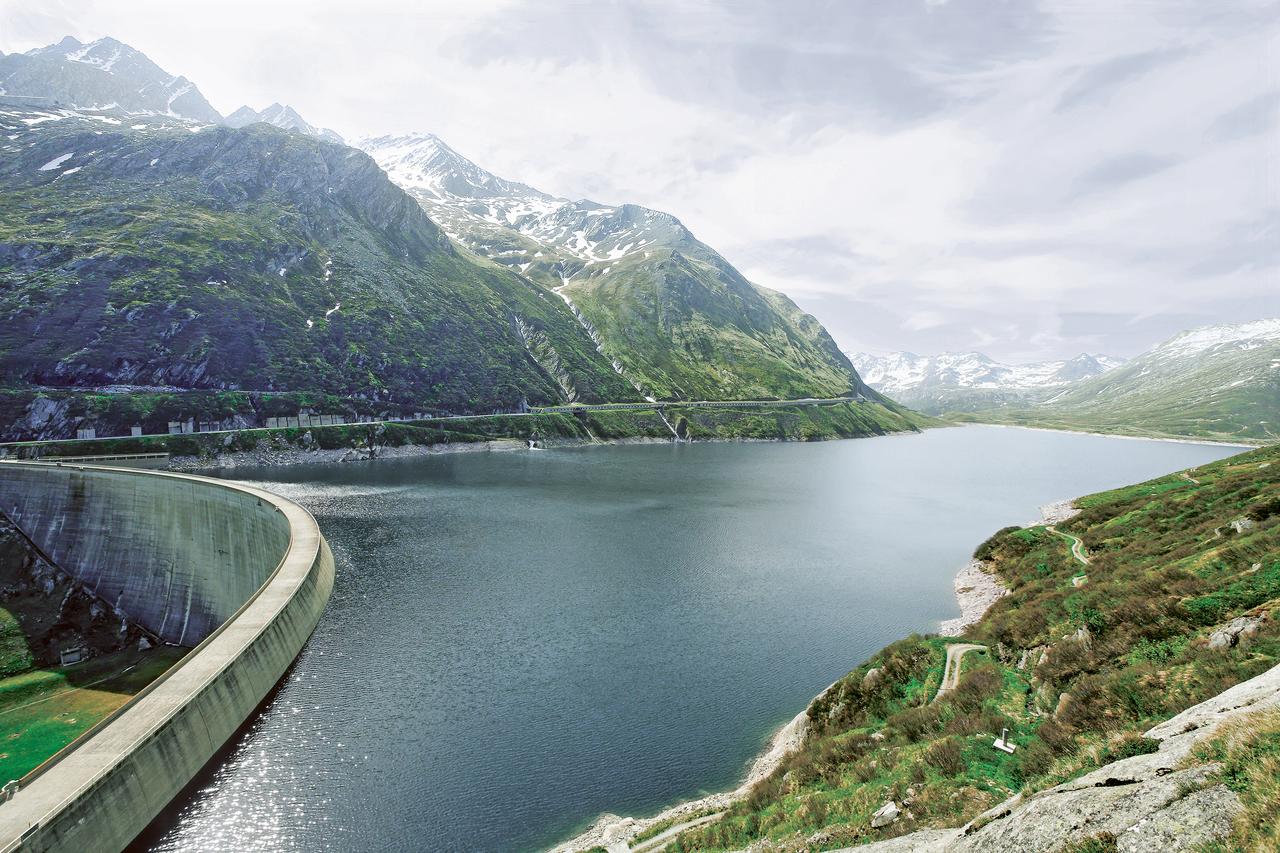

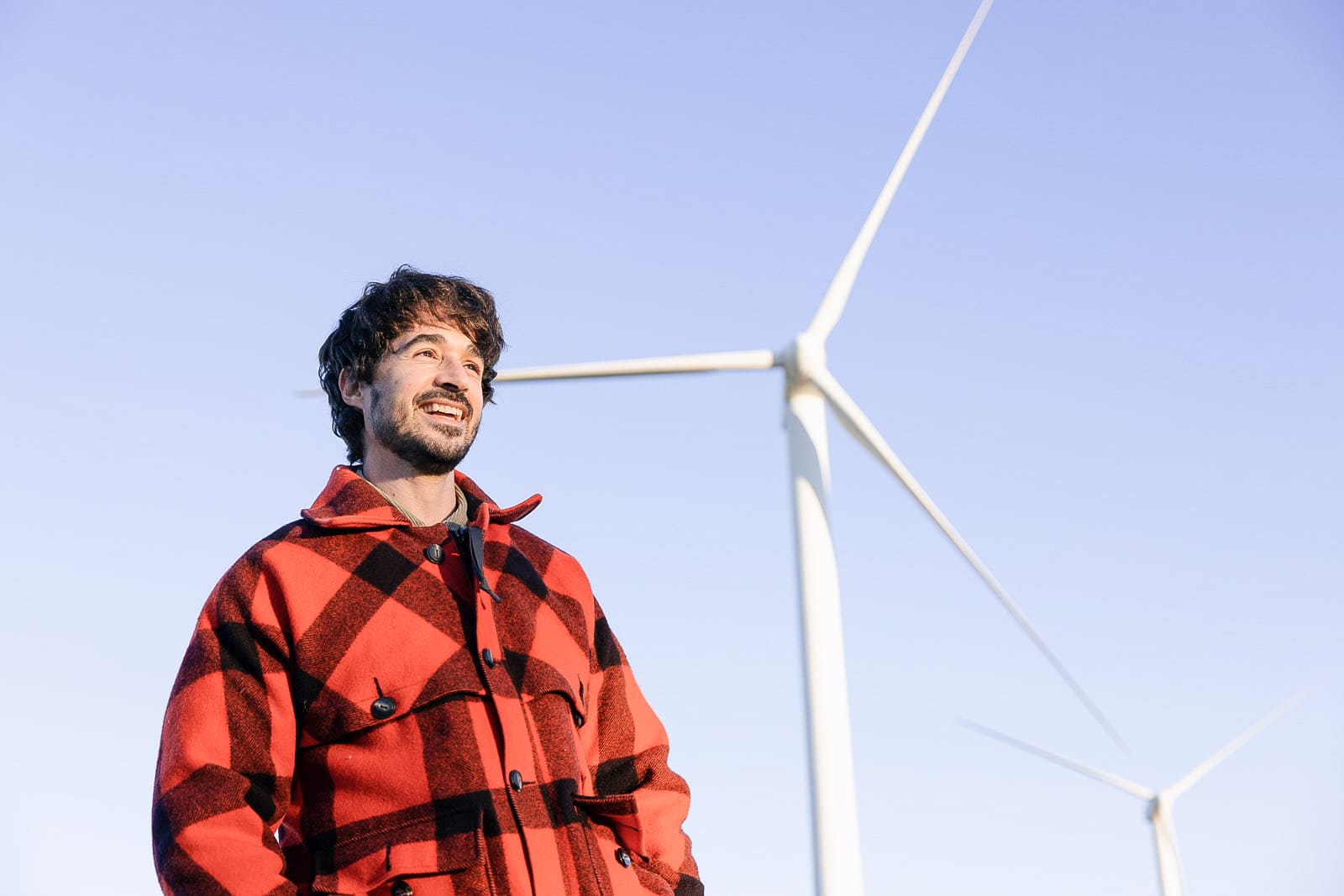
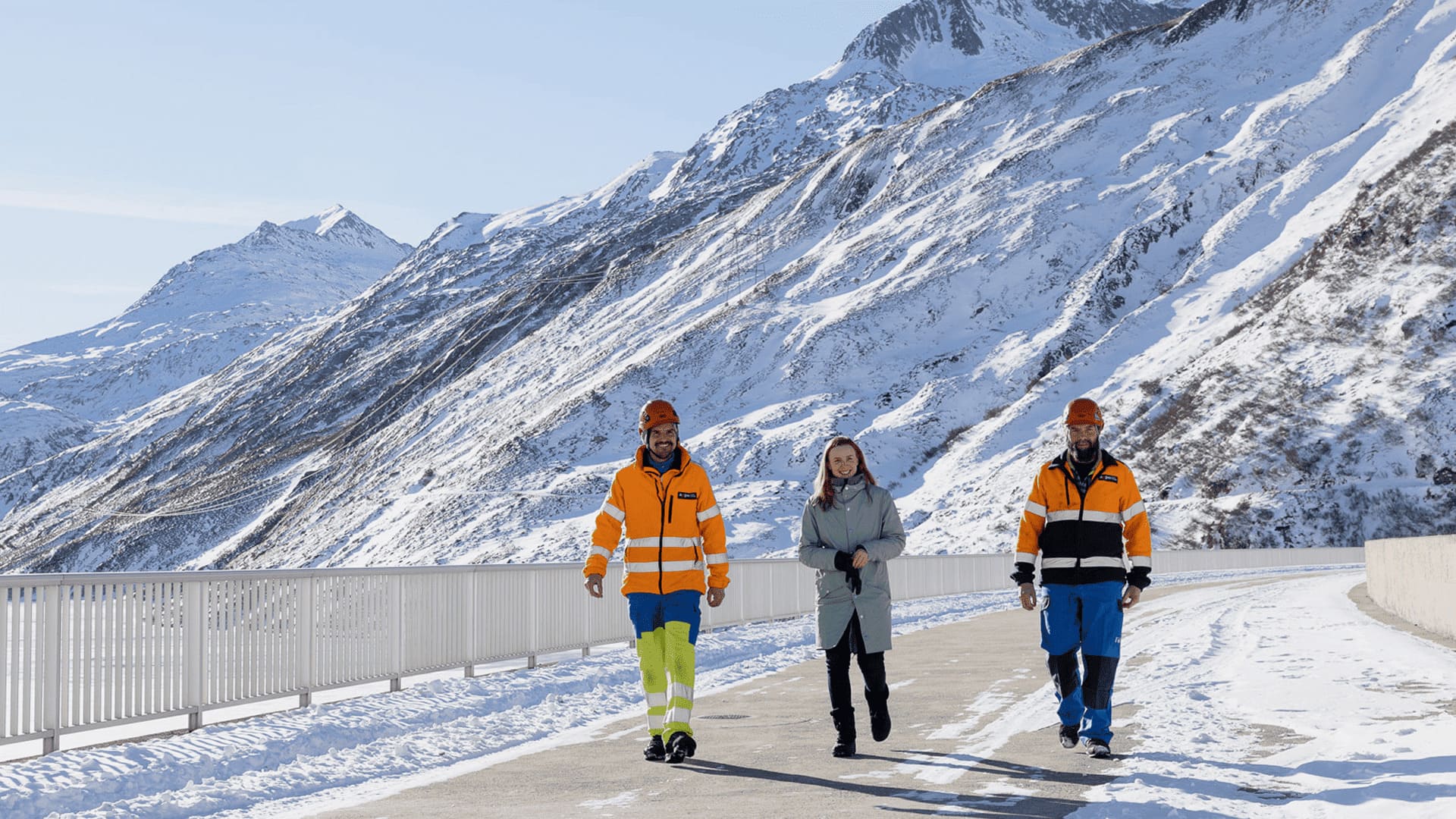
.jpg)

